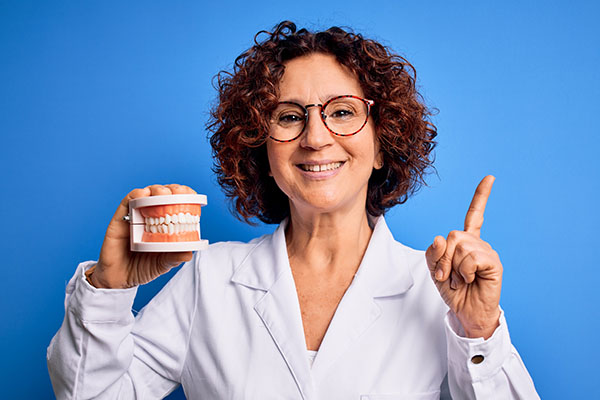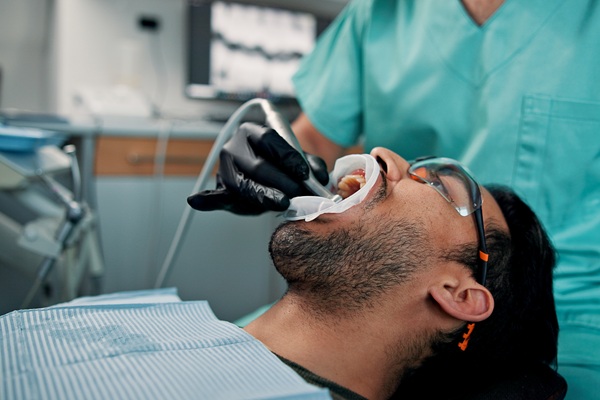 Most dentists offer dental veneers as a treatment option for people in need of tooth repair. This is a popular choice among many patients because the results are durable and attractive. While these restorations can be used to treat a variety of issues, they are more appropriate in certain situations.
Most dentists offer dental veneers as a treatment option for people in need of tooth repair. This is a popular choice among many patients because the results are durable and attractive. While these restorations can be used to treat a variety of issues, they are more appropriate in certain situations.
The function of veneers
Dental veneers are an excellent option for patients who experience certain mild to moderate dental issues. While some dentists may use this treatment for a single injured or damaged tooth, it can also be used to improve the overall appearance of a patient's smile.
Tooth damage
A front tooth that has not sustained damage to the root can often be repaired with a veneer. This may include:
- Chips
- Cracks
- Minor breaks
A veneer allows the patient to keep the natural tooth without sacrificing function and appearance. It also helps protect against potential infection in the future. The shells may also be used to reinforce teeth affected by significant enamel loss.
Cosmetic adjustments
Patients dealing with unevenly sized or misshapen teeth in the front of the mouth can enjoy a more aesthetically pleasing smile with dental veneers. While dentists may recommend orthodontics for severely misaligned teeth, the coverings can be used to close gaps between otherwise straight teeth. Those who have severe stains that will not respond to whitening treatments can also choose veneers for a whiter, brighter smile.
Veneer composition
While a versatile and durable option for repairing or enhancing teeth, this type of dental work is not applicable in all situations. Because of the nature of the materials used and the application process, dental veneers are rarely used to treat back teeth.
Materials used to make veneers
Veneers are made from either porcelain or composite resin. Both options are relatively sturdy, lasting anywhere from about 7 to 15 years. However, the materials can chip or crack under consistent pressure, making them less suitable for the teeth involved in chewing. Veneers are also not recommended for patients who consistently grind or clench their teeth for this same reason.
The intended use of veneers
In general, most people have veneers applied only to the top front teeth, as these are the most visible when smiling and talking. The treatment is particularly designed and intended to work with these teeth. Veneers can help protect teeth, reduce sensitivity, and improve appearance, but the shells are not well-suited for the molars in the back of the mouth. The pressure from constant chewing in this location can cause serious damage to veneers, significantly reducing the lifespan of the treatment.
Conclusion
In general, dental veneers are an excellent option for repairing and enhancing a patient's smile. However, this type of dental work is typically reserved for front teeth. Additional options are usually available for back teeth, and a dentist can offer guidance towards the right treatment plan based on the patient's goals and needs.
Request an appointment or call Palm Beach Dentistry at 561-225-2057 for an appointment in our Delray Beach office.
Recent Posts
Dental veneers have become an increasingly popular choice for patients looking to improve the appearance of their smiles. A veneer can enhance the color and shape of your teeth, providing a more uniform and aesthetically pleasing smile. However, they are not a one-size-fits-all solution; certain factors determine whether someone is a good candidate. Patients should…
Veneers are artificial tooth coverings made of porcelain or resin that can improve a patient’s smile. Only fixed to the surface of the patient’s natural teeth, these dental appliances can be used to repair a majority of aesthetic issues, such as chips, stains, or cracks. Getting any dental treatment that mends problems with a smile…
For dental patients wanting minor corrections to cosmetic issues, veneers offer a quick and easy solution by covering the fronts of teeth with a thin shell. Placing these restorations is typically done in three stages and takes around three weeks. It is relatively simple and generally does not involve intense preparation on the patient's part.…


